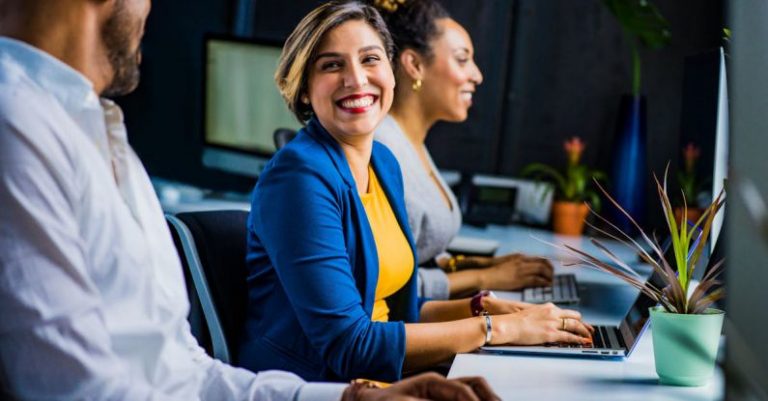
In recent years, office design trends have significantly evolved to meet the changing needs and preferences of modern workers. The traditional cubicle-filled office spaces are being replaced by innovative and dynamic environments that aim to boost productivity, collaboration, and employee well-being. As we move forward into the future, several key trends are expected to shape the way offices are designed and utilized. Let’s explore what these future trends in office design entail and how they are set to revolutionize the workplace experience.
The Rise of Flexible Workspaces
One of the most prominent future trends in office design is the rise of flexible workspaces. With the increasing popularity of remote work and the gig economy, many companies are moving away from the traditional 9-to-5 office setup in favor of more flexible working arrangements. This shift has led to the emergence of spaces that cater to different work styles and preferences, such as hot-desking areas, collaboration zones, and quiet pods. By providing employees with a variety of work environments to choose from, companies can promote creativity, engagement, and productivity.
Integration of Biophilic Design Elements
Biophilic design, which seeks to incorporate elements of nature into the built environment, is gaining traction in office design. Research has shown that exposure to natural elements such as plants, natural light, and outdoor views can have a positive impact on employee well-being, creativity, and performance. In the future, we can expect to see more offices integrating biophilic design elements to create healthier and more inspiring workspaces. This could include features like living walls, green roofs, and indoor gardens that blur the lines between the indoors and outdoors.
Emphasis on Employee Well-Being and Mental Health
Employee well-being and mental health are becoming increasingly important considerations in office design. As awareness of the impact of workplace stress and burnout grows, companies are placing a greater emphasis on creating environments that support the physical and mental health of their employees. Future office designs are likely to prioritize features that promote wellness, such as dedicated wellness rooms, meditation spaces, and ergonomic furniture. By fostering a supportive and healthy work environment, companies can enhance employee satisfaction, retention, and overall performance.
Technology Integration and Smart Offices
The rapid advancement of technology is transforming the way we work and interact with our surroundings. In the future, office design is expected to become more integrated with cutting-edge technologies that enhance efficiency, connectivity, and collaboration. Smart offices equipped with IoT devices, sensors, and automation systems will enable employees to work more seamlessly and productively. From intelligent lighting and climate control to virtual meeting rooms and digital wayfinding systems, technology will play a central role in shaping the offices of tomorrow.
Diverse and Inclusive Spaces
Diversity and inclusion have become key priorities for many organizations, and this is reflected in the design of modern workplaces. Future office designs will increasingly focus on creating inclusive environments that cater to employees of diverse backgrounds, abilities, and preferences. This could involve incorporating features like gender-neutral restrooms, accessible workstations, and multi-cultural gathering spaces. By embracing diversity in office design, companies can foster a more inclusive and equitable workplace culture.
Innovative Sustainability Practices
Sustainability is no longer just a buzzword – it has become a core principle in office design. As the global focus on environmental conservation and climate change intensifies, more companies are adopting sustainable practices in their office design and operations. Future office spaces are likely to prioritize energy efficiency, waste reduction, and eco-friendly materials to minimize their environmental impact. Green certifications, such as LEED and BREEAM, will become increasingly important benchmarks for sustainable office design.
The Future of Office Design: A Holistic Approach to Workspace
As we look ahead to the future of office design, it is clear that a holistic approach to workspace is needed to create environments that support the diverse needs and aspirations of modern workers. By embracing flexibility, biophilic design, employee well-being, technology integration, diversity, inclusion, and sustainability, companies can cultivate workplaces that inspire creativity, collaboration, and success. The future of office design is dynamic, innovative, and human-centric – and it holds the promise of transforming the way we work for the better.





